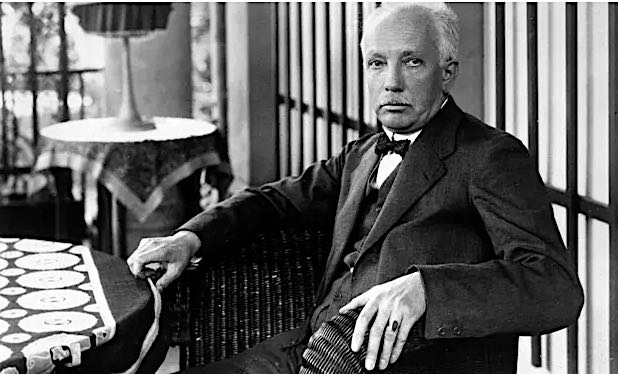Impertinent ethno-lite reflections

In 1998 Maria João Pires * received a last-minute phone call asking her to stand in for another pianist at a lunchtime performance the next day in the form of an open rehearsal directed by Riccardo Chailly at the Concertgebouw. Only when the orchestra started playing, before a live audience, did Pires realise she had prepared the wrong Mozart piano concerto—not K466 but K488. The film—part of Attrazione d’amore (Frank Scheffer, 1998)—shows “an extraordinary moment of pained realisation and miraculous recovery, that has gone viral several times over the last ten years”. **
The core of the concert was Mahler 5; as Chailly observes, “Mahler was a great Mozart conductor”, so he scheduled the D minor concerto K466, whose agitated mood is somewhat akin to that of the Mahler symphony.
Classic FM’s Joanna Gosling shared the video on Twitter and reinstated its place in the Internet hall of fame all over again. A few days later, Joanna sat down with Maria to speak about the famous incident, and the thoughts that were racing through her mind during those crucial moments at the piano, 25 years ago.
I don’t find the interview (here) so revealing. WAM pundits inevitably make it into another story of triumph over adversity—the classic ethos of the romantic concerto (see Zen in the art of the baroque lute, under Beethoven). To be sure, it’s a high-risk test of brain memory and muscle memory.
It recalls the classic Larson cartoon The elephant’s nightmare, resembling recurring dreams of my own (one in cod Portuguese, another featuring Mozart; branching out, the Tibetan ancestry of I will survive and My World Cup debut thwarted). At least Pires is a pianist…
I totally agree that in terms of seeking complete fidelity to the notes dictated in the score (like a canonical sacred text), it’s a remarkable feat. Modern WAM audiences expect “perfection”—in this narrow sense (cf. Rhapsody in blue). Now, don’t get Me Wrong: I love Pires’s musicking, I love Mozart, and once she sets forth on the tightrope it’s really moving; *** it just got me thinking outside the box in that ethno-lite way that sometimes befalls me (e.g. here, and under Mahler 3)…
In the audience, some listeners might know the piece, others might not; most will be familiar with Mozart’s style. This wouldn’t help Pires relax much. But pianists like her will have known most of the Mozart concertos since at least their teens, and performed them regularly ever since; her fingers and brain would be instinctively attuned to playing pieces in D minor in the classical style, with all their harmonic, melodic, and expressive permutations, all the predictable sequential modulations. As she explains, she had performed K488 a couple of weeks before, K466 not for about ten months. I wondered if the Concertgebouw librarian might have rushed to their archive find the score for her.
While Mozart couldn’t have played any of his concertos nearly so often as a modern soloist, he would surely have been happy to rise to the challenge; to some extent, in concert he would expect to diverge from the score—as does his modern avatar Robert Levin, such as on his recording of K488 (!) (try the slow movement), and notably in his improvised cadenzas.
Anyway, in that video the challenge for Pires was to regain memory, not to respond by creating something new and original. I’m just curious what might happen if one just went with long experience and built on it, as in jazz (such as Kind of Blue, one of the great unrehearsed albums). Pianists might welcome the challenge more readily with a solo sonata, but it becomes hard with a rigid orchestral accompaniment—perhaps it could work with string quartet. The tuttis, and the accompanied passages, would at least help the pianist recognise the harmonies which she is to embellish.
It probably wouldn’t sound quite like this:
Back with the Concertgebouw incident, Pires doesn’t appear so keen to join in with all the celebration:
Gosling: How do you feel about it, in terms of where it sits in your career? Is it a high moment for you?
Pires: No.
* * *
Even with meticulous preparation, memory lapses are quite common among WAM soloists, such as Richter, Schnabel, Arrau, and Curzon—and critics leap on them. Here’s an arcane one from Rubenstein:
The pros and cons of soloists performing with or without the score have been much discussed in articles such as this—where I love the shock-horror heading
Advantages of using a score in concert
People might think you’re improvising otherwise!
The niche of WAM (highly pressurised whether or not you know what you’re going to play) is inflexible, reified—or rather, it has become so. In this it seems rather exceptional among traditions around the world (see Unpacking “improvisation”), in which (whether or not they have notation to consult) there are always rules, but a certain creative latitude is built into the performance event (some examples: maqam, folk-song, shawm bands).
Still, even in north Indian raga, I imagine some singers who, having practised (say) rāg Malkauns from young, might be disconcerted to be asked to perform it at short notice, when it’s not a regular part of their repertoire. Does anything similar happen in rock? It seems unlikely in blues; in jazz the amount of “improvisation” and rehearsal varies quite widely. If a bandleader calls up a trumpeter to stand in with a solo in A night in Tunisia but she mistakenly brushes up on A night in Milton Keynes [Fictitious Glen Miller number—Ed.], I doubt it would be such a big deal (among many discussions of the role of memory in music, see e.g. Daniel J. Levitin, This is your brain on music, Chapter 7).
Another impertinent culinary analogy: **** rather than opting for a restaurant where the chef picks vegetables fresh from the garden to create a delicious dish, WAM audiences have ended up ordering a pre-packaged ready-meal.
But I try your patience. For good measure, here’s Maria João Pires in later years with a beautiful, prepared performance of the (“right”!) concerto, with socially-distanced orchestra:
See also A Mozart medley, Conducting from memory, and Is Western Art Music superior?. For the colours of the keyboard on Mozart’s own piano, see Black and white—requiring guidance from scholars of colonialism and slavery.
* On the Iberian nasal ão sound, note Ogonek and Til—complete with limerick.
** I still can’t quite imagine the scene. Sure, Pires probably went directly from the airport to the hall, but you’d think conductor and soloist would have a minute or two before going on stage, just to hum through tempi for the three movements; and anyway, if it’s an open rehearsal, surely they can stop, and explain to the audience (charmingly) that there’s been a mix-up but that Pires will do her best?
*** BTW, leading into the pianist’s first entry, a passage like this is an instance of what makes playing Mozart’s 2nd violin parts such a joy:

It’s even more gorgeous in the major the second time round (from 6.00 in the complete video).
**** This complements my critique of over-reliance on silent manuals in the study of Daoist ritual (Daoist priests of the Li family, p.371, cited here):
Scholars of Daoist ritual who avoid addressing music (or more coyly, disclaim expertise in it) are fatally limiting their ability to engage with ritual. It’s like someone with a fine kitchen and loads of glossy cookbooks, who draws the line at handling food or cooking.




 We get to hear some of the
We get to hear some of the 










































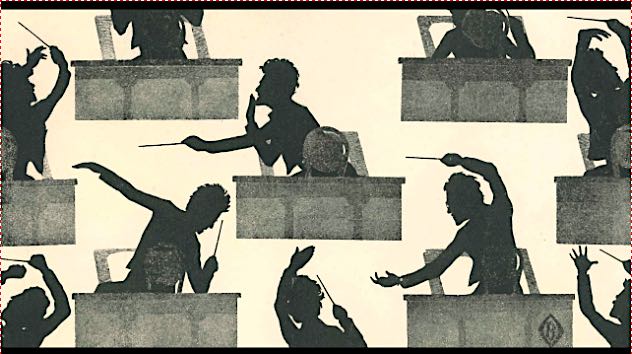




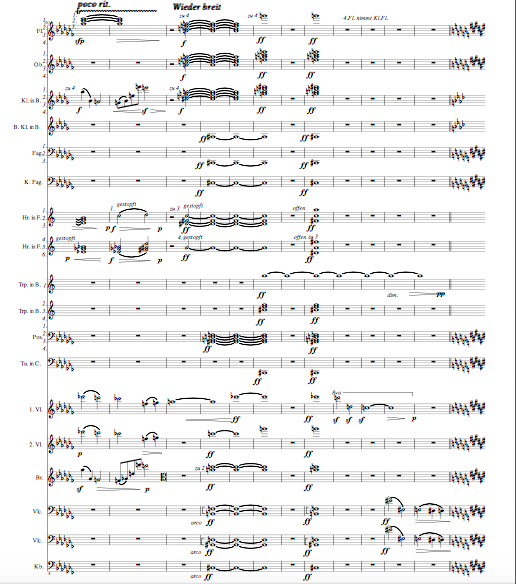





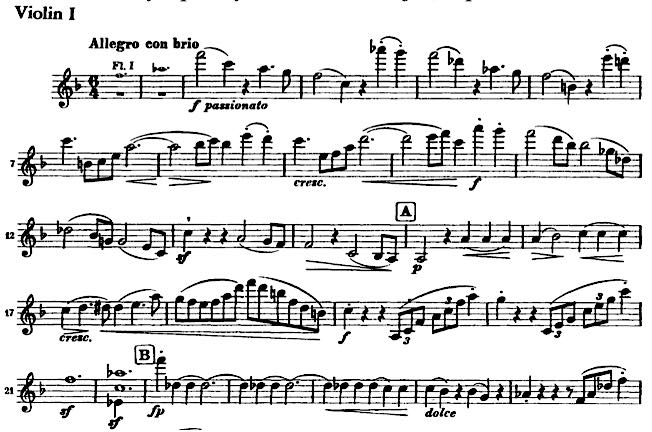
 I absorb the fug of the “public house” in rehearsal, Gaoluo 1996.
I absorb the fug of the “public house” in rehearsal, Gaoluo 1996.


 The big-band arrangement would also suit a turbo-charged
The big-band arrangement would also suit a turbo-charged 
















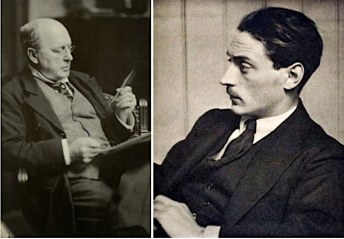






























 and
and



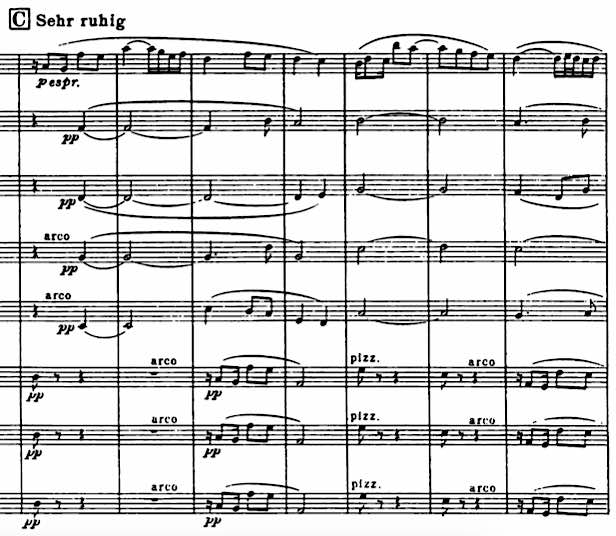



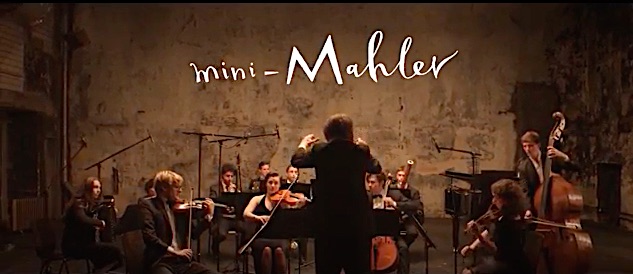



 The symphony opens with a primordial hushed unison A seven octaves deep. The bursts of energy (both bucolic and stormy) that emerge are constantly disrupted by mystical passages referring back to it (e.g. from 9.38 in the Tennstedt performance below—including the
The symphony opens with a primordial hushed unison A seven octaves deep. The bursts of energy (both bucolic and stormy) that emerge are constantly disrupted by mystical passages referring back to it (e.g. from 9.38 in the Tennstedt performance below—including the 




 The Scherzo is a Totentanz, inspired by Arnold Böcklin’s 1872
The Scherzo is a Totentanz, inspired by Arnold Böcklin’s 1872 
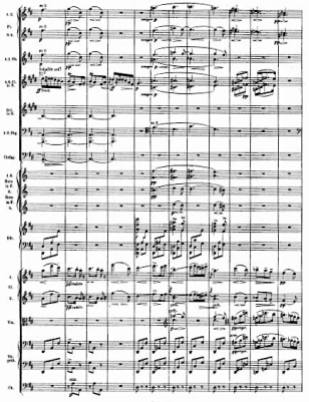





 Anna Mahler. Source
Anna Mahler. Source 
























































